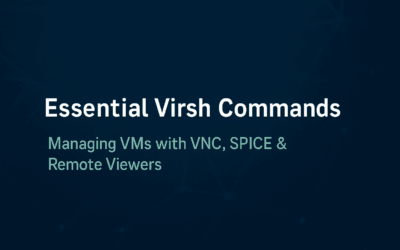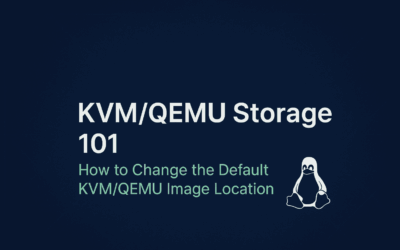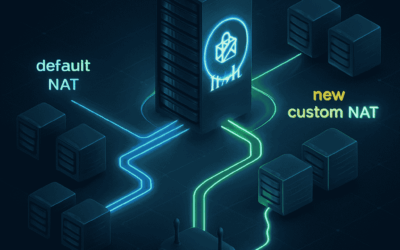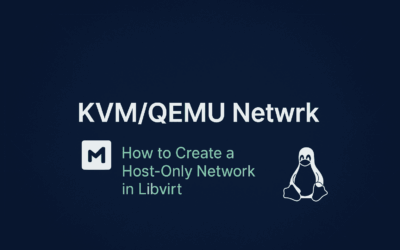Introduction Virsh (Virtual Shell) is the command-line interface for managing virtual machines and hypervisors through libvirt. This cheatsheet provides essential commands for daily VM management tasks, from basic operations like listing and controlling VMs to...
Sandbox99 Chronicles
From My Sandbox to Yours — Practical IT Insights.
How to Change the Default KVM/QEMU Image Location
Introduction "Have you ever run out of disk space on your root partition after creating just a few virtual machines? That’s because KVM and libvirt, by default, tuck away all your virtual disk images in /var/lib/libvirt/images. This default setting is fine for a quick...
libvirt Networking: How to Create a VM Network with No Host or Internet Access
Creating an Isolated Internal Network for Virtual Machines 💻 Virtualization offers powerful tools for creating isolated environments. This post will walk you through setting up a custom internal network that's completely cut off from the host operating system (OS) and...
libvirt Networking: Beyond the Default NAT
Introduction Just as VirtualBox automatically sets up a default NAT network for its virtual machines, libvirt also provides a default NAT network out of the box, allowing your VMs to access the internet. However, libvirt offers far more flexibility. We can create...
How to Create a Host-Only Network in Libvirt
Introduction Virtualization is a powerful tool, but configuring the network to meet your specific needs can sometimes be a challenge. If you've ever used VirtualBox, you're likely familiar with the "Host-only" network—a private, isolated environment where your virtual...





